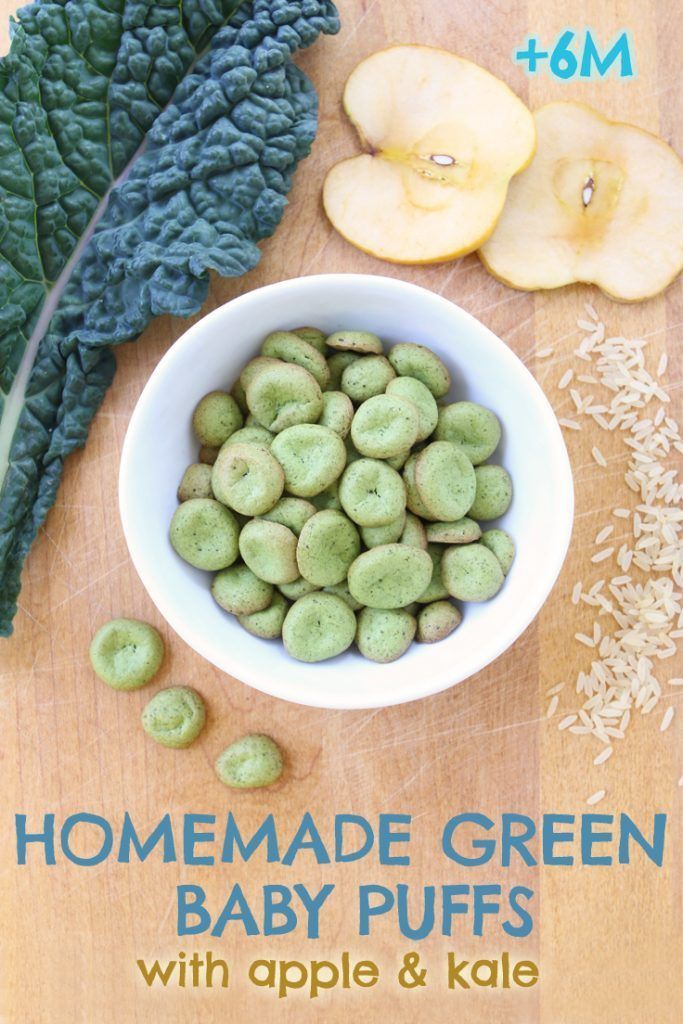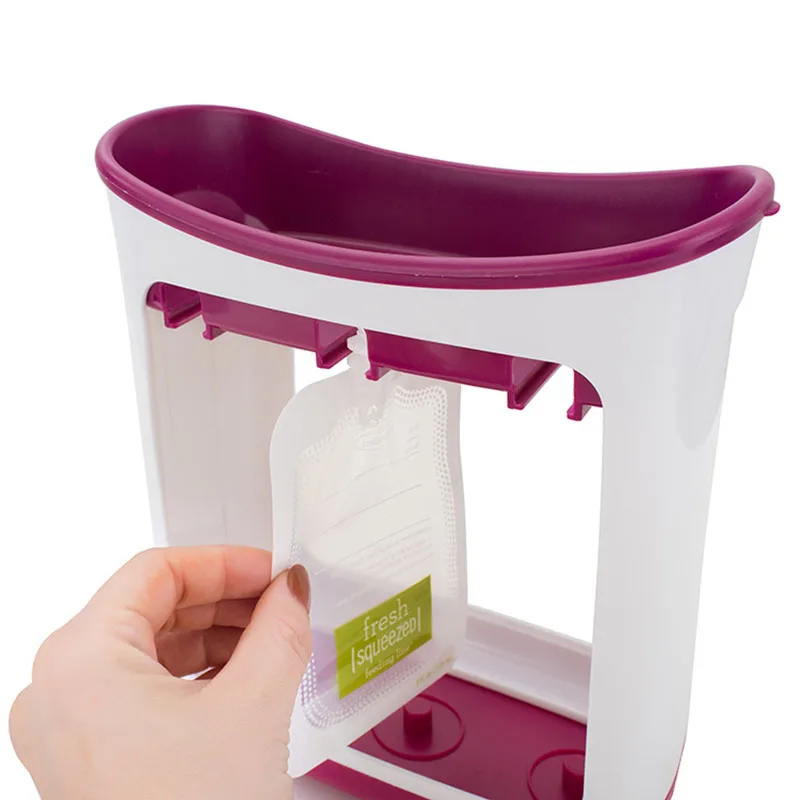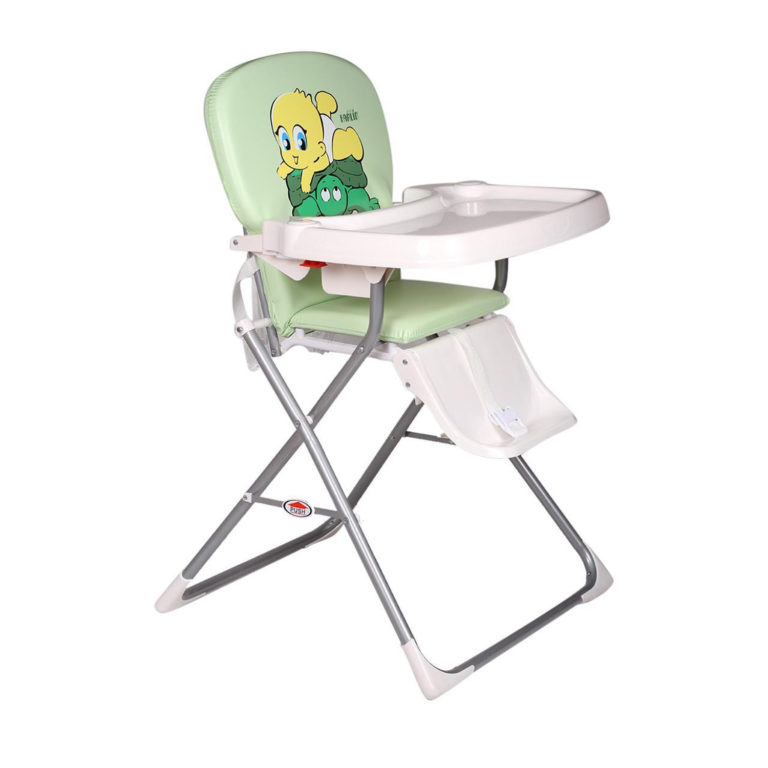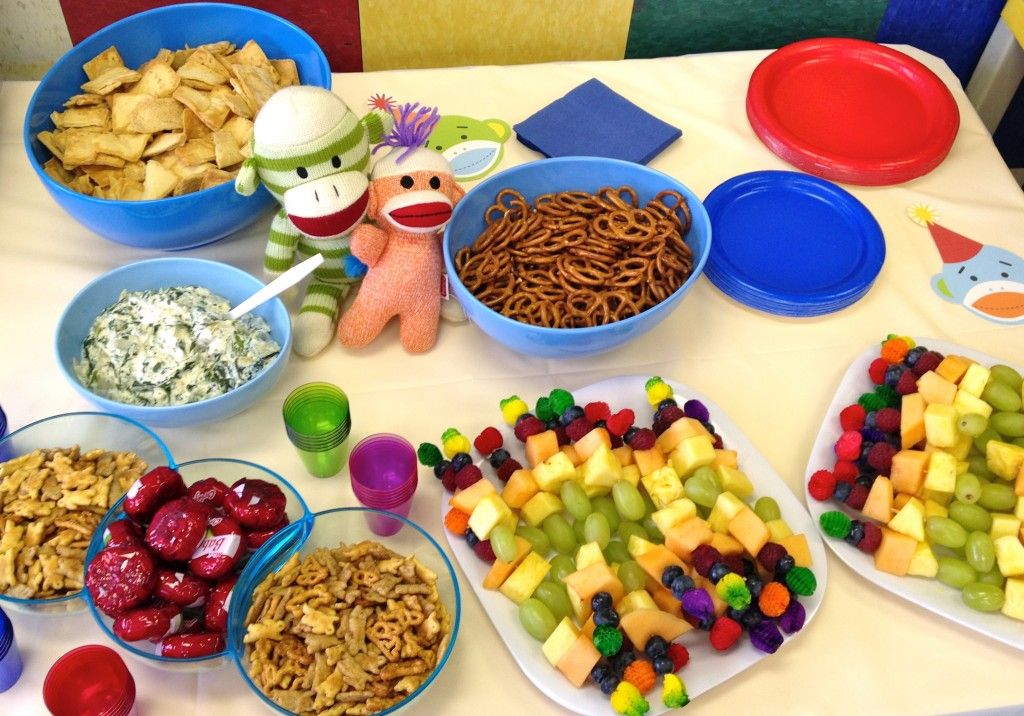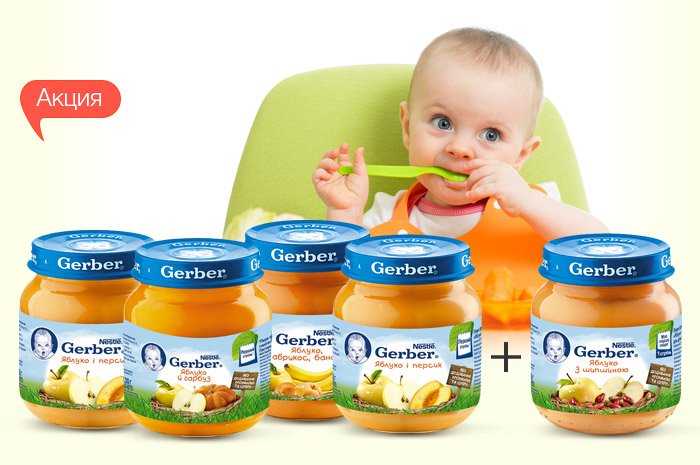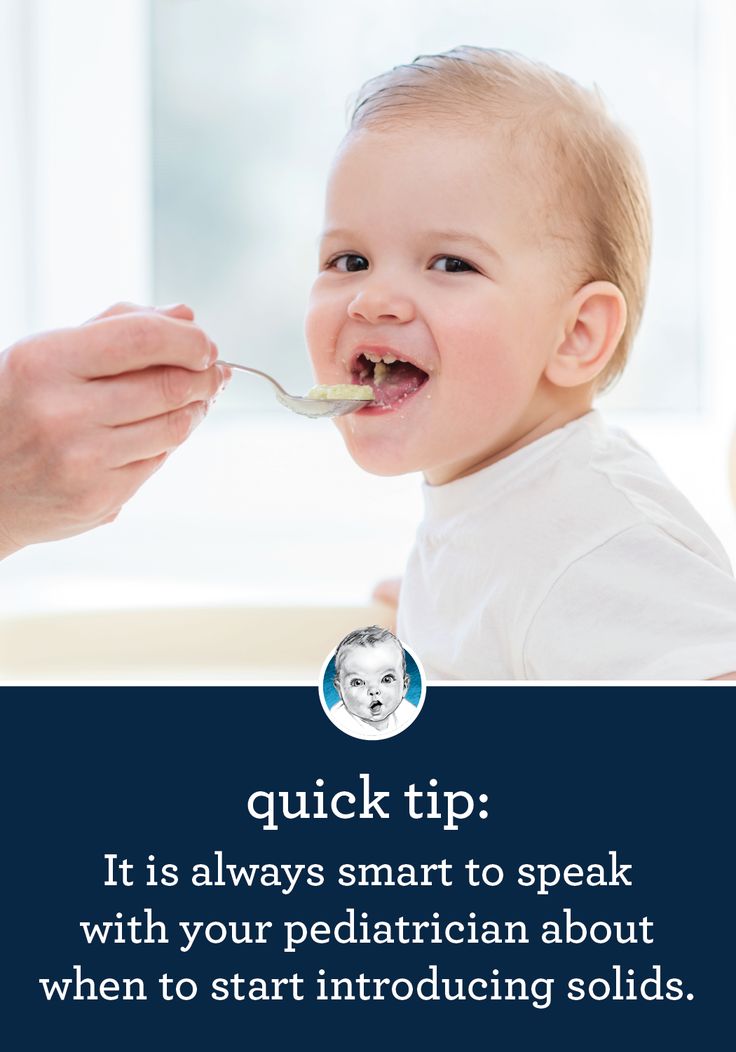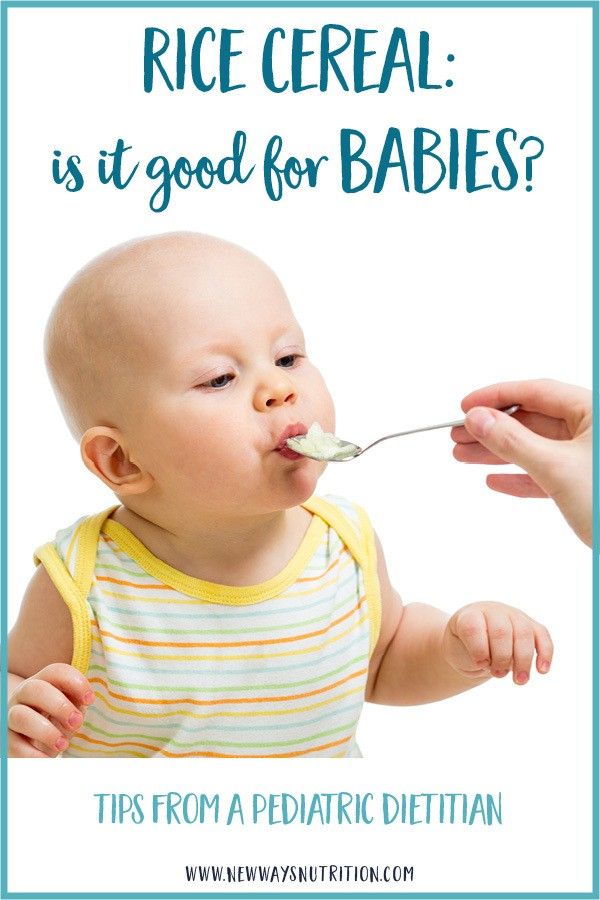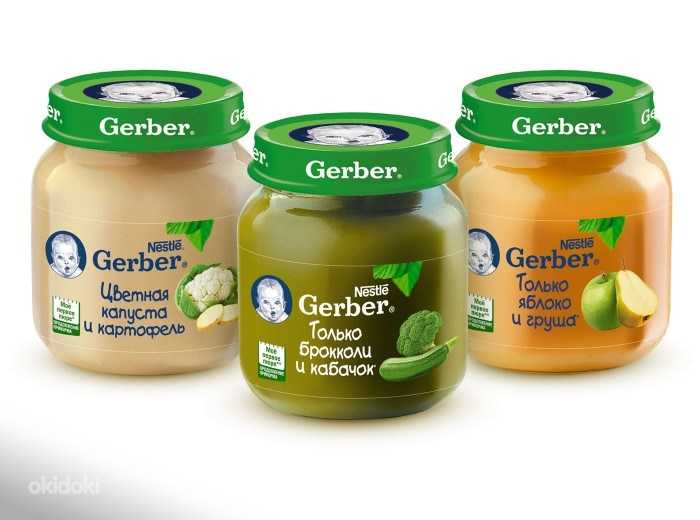Green foods for baby
How to Introduce Leafy Greens to Babies and Toddlers
How to introduce leafy greens to baby! When can babies eat leafy greens and how should you prepare them? Why are greens so good for kids? When to give baby spinach, kale, and other greens.
No matter what age your child is, if kale isn’t in their top 5 list of favorite foods… you’re in the 99.9%!
Leafy green veggies may be among the healthiest foods on the planet, but that doesn’t mean they’re an automatic favorite food for kids, or adults, alike.
Because they’re so good for us, we encourage you to offer leafy greens to your baby just like every other food. Not only will this add more nutrition to your child’s plate, but it will also help them develop a palate for healthier foods as they get older.
And as we always say, it isn’t nutrition until it’s eaten. It may take multiple times offering leafy greens, in several different ways, before your child even decides to try it.
But that’s okay! Here’s why we think you should keep serving greens at an early age, plus a few of our favorite ways to offer them to our kids.
Why leafy greens are great for kids
Green vegetables are super healthy. In fact, studies show that they’re among the healthiest foods on the planet.
Incorporating greens into your regular diet has been shown to help protect against a number of chronic diseases, such as heart disease, type 2 diabetes, and even cancers. Leafy greens may also be especially beneficial for the brain, protecting against neurodegenerative disease and playing a role in mental health as we get older.
This is because leafy greens are excellent sources of antioxidants and disease-fighting phytochemicals. They’re high in fiber, rich in vitamin K and folate, and even contain some calcium and iron (pair with vitamin C foods to boost absorption), among other important micronutrients.
But we also recognize that green veggies aren’t exactly as sweet and enticing as other foods your babe may enjoy.
That’s why we recommend exposing your baby to greens regularly, and in different ways, starting at a young age. Baby-led weaning is a perfect time to do so!
Best leafy greens for babies
Many leafy greens tend to be a little tougher than other vegetables, but this doesn’t mean you should avoid offering them to your babe altogether.
It just means that they need to be prepared in age-appropriate ways and in safe consistencies.
With the right preparation methods, you can introduce your baby to things like:
- kale
- spinach
- Swiss chard
- mustard greens
- collard greens
- lettuce
- bok choy
Below are a few of our favorite ways to serve greens to the littles in our own households.
3 ways to offer leafy greens to kids
Ready to start experimenting with leafy greens for your babe? Here are 3 ways that we like to offer them to ours. Feel free to customize them to your family’s preferences.
Kale spaghetti
Pasta is a great food for baby-led weaning and toddlers. Choose regular, whole wheat or legume-based pasta (for additional protein, iron, and zinc) – whatever you prefer. And yes, refined grains are okay, as plant-based kids usually have higher overall fiber intake.
Note that for 6-9 months, we prefer a shorter noodle that baby can easily grasp like penne, ziti or rigatoni.
For 9-12 months, we recommend cutting noodles into smaller pieces. We LOVE kitchen shears for quickly cutting food. And for 12 months and older, any and all pasta shapes should be tolerated well.
How to make it:
- Blanch 2 cups of chopped kale or other greens of choice. Boil quickly for 60 seconds, then transfer to ice cold water. This locks in that beautiful color!
- Heat 1-2 tablespoons of olive oil in a small saucepan and add in two smashed garlic cloves.
- Add everything to a blender with the zest and juice from 1 lemon. Blend! Toss with cooked pasta and a little pasta water for ideal baby consistency.

Tropical green smoothie (+ popsicles!)
This recipe is ideal for babies who are at least 12 months old. It’s a great way to pack in “PB3” nutrients like seeds and greens in a toddler-friendly format. And it helps to introduce them to more diverse flavors like ginger.
Keep it fun for kids by letting them get in on the smoothie-making process.
How to make it:
- In a blender, combine: 2 cups spinach, 1/2 cup frozen pineapple, 1/2 frozen banana 1 cup unsweetened soy milk, 1 tablespoon chia seeds, 1/4 teaspoon fresh grated ginger.
- Optional: add a few ounces of tofu for extra plant protein and nutrients and blend
- Serve. This makes enough for one adult and one tot.
Plus, here’s a tip to reduce waste. If your child refuses or doesn’t want his full smoothie, you can pour it into a popsicle mold and make this into a tropical green popsicle for another day.
Sautéed greens
This is a great option for young babies who are working on their pincer grasp (using the thumb and forefinger to pick up foods).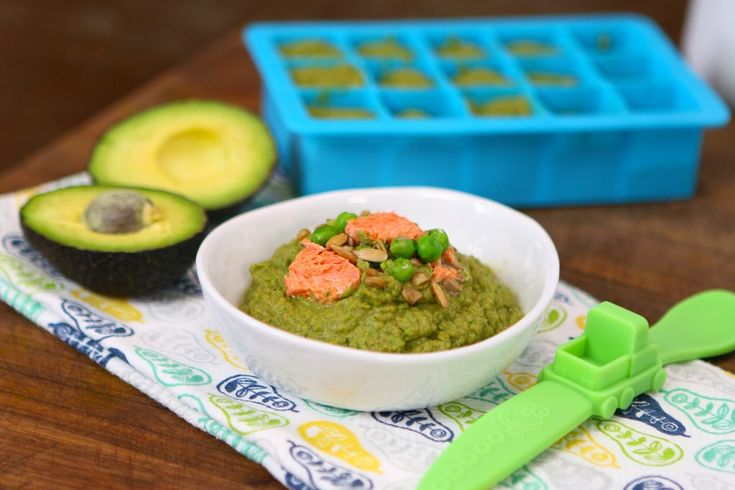 We often use kale here, but you can also try others, like spinach, collards, or mustard greens.
We often use kale here, but you can also try others, like spinach, collards, or mustard greens.
How to make it:
- Remove any tough stems, then finely chop the greens. You can also use a food processor to break down the tough leaves.
- Heat 1-2 tsp of olive oil in a skillet and add in a clove of minced garlic.
- Add in chopped greens and sauté until very softened.
- Make sure they’ve cooled down before offering to babe. You can serve these directly on their plate or tray table.
There you have it. How to introduce leafy greens to baby! If you’ve been wondering if babies can eat leafy greens and how should you prepare them, we hope this helps. As for when to give baby spinach, kale, and other greens, you can start as soon as your babe begins to become comfortable with the transition to solids – just be sure to prepare and offer greens in age-appropriate consistencies.
Chime in: Does your child enjoy leafy greens? What are some ways you like to serve them in your home?
If you found this post helpful, we encourage you to read these as well:
- 5 Tips for Planning Healthy Plant-Based Lunches for Kids
- Veggie Loaded Oatmeal: 4 Ways!
- Plant-Based Allergy Alternatives
- Should Your Baby Eat Beef?
Adding Greens to Your Baby's Diet
How to introduce green vegetables to your baby may be a question on your mind if you have a new eater.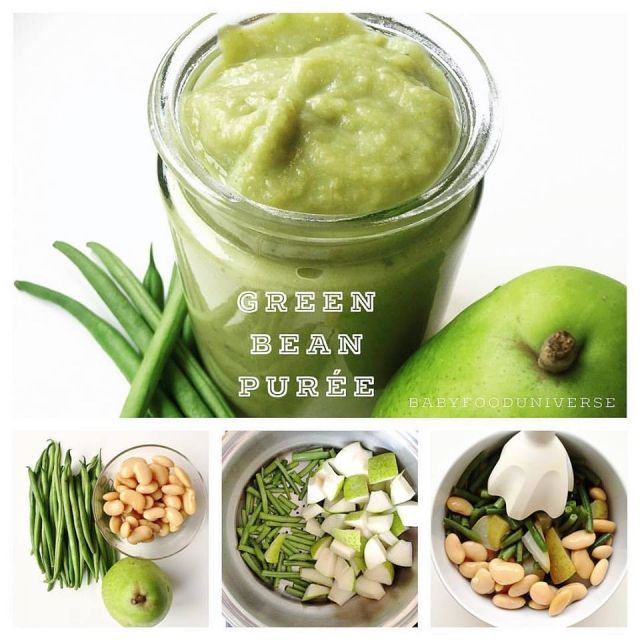 Here are some of the benefits of greens for babies and how to incorporate them.
Here are some of the benefits of greens for babies and how to incorporate them.
It’s no secret that green vegetables offer tons of health benefits at any age.
While there are some considerations with how to introduce them to young babies, greens are a great way to incorporate vitamins, minerals, and phytochemicals into your child’s diet.
Health Benefits of Green Vegetables
Green vegetables offer a number of benefits for all of us, especially for developing minds and bodies.
Dark leafy greens, like Swiss chard, collard and mustard greens, kale, spinach, and broccoli, are rich in:
- Folate, a B vitamin needed for energy, RNA, and DNA production, making red and white blood cells, supporting brain health, and preventing neural tube defects in newborns.
- Vitamin K, which plays an integral role in bone health and blood clotting, and regulating blood calcium levels.
- Vitamin C, necessary for producing collagen, wound healing, promoting iron absorption, supporting immune function, and repairing tissues.
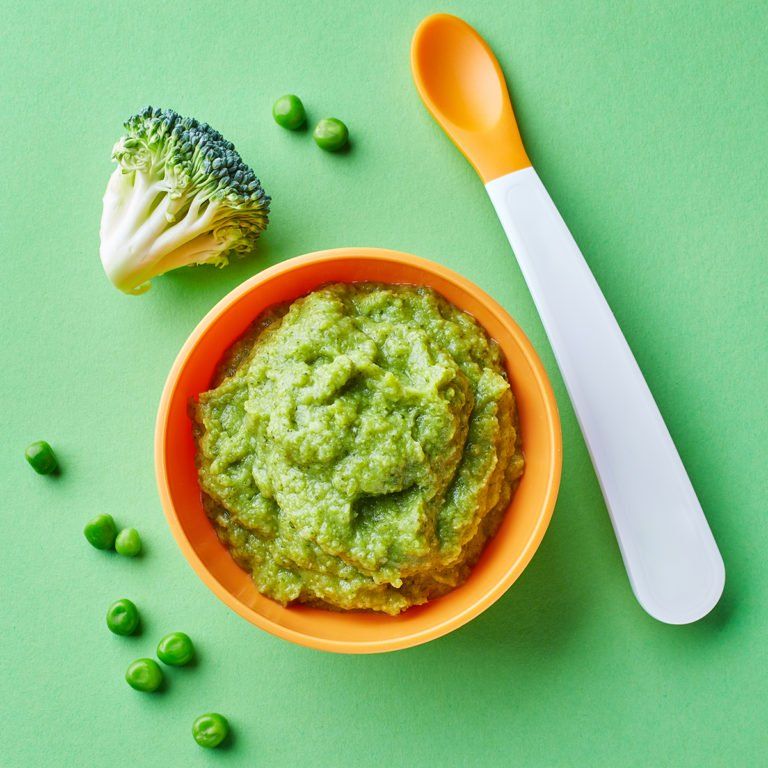
- Calcium, needed for bone health, as well as proper muscle, nerve, and heart function.
- Vitamin A, important for growth, development, vision protection, and immune function.
Research shows that diets rich in leafy greens and cruciferous vegetables (like broccoli) have been associated with a lower risk for heart disease and certain cancers, and may even slow cognitive decline with aging.
Introducing your child to green veggies early in life can help him or her become more accustomed to these foods, and even develop an affinity for them as they get older.
How to Introduce Greens to Babies
The most important thing to remember when introducing first foods is that they should be offered in an age appropriate texture and consistency. Raw uncooked greens, especially the leafy ones, can be a choking hazard and should be avoided for new eaters.
Still, green veggies like broccoli, spinach, kale, collard greens, Swiss chard, green beans, and peas, can be cooked and pureed to make sure they’re safe for younger kids to eat.
Steaming and boiling these foods can work well to soften them before pureeing or blending them. We recommend then using a strainer to remove any large chunks from cooked and pureed greens before offering them to babies.
Prepared green veggies can be mixed with other foods to add more flavor and nutrients at meal times.
For instance, they can be mixed with avocado, mashed potatoes, or cooked grains like quinoa or rice. Your baby may also like strips of toast spread with hummus and pureed, strained greens.
We also like using cooked greens in fruity breast milk popsicles for new eaters. It’s a great way to introduce bitter greens! You can find the recipe in our Ebook, First Bites: The Definitive Guide to Baby-Led Weaning for Plant-Based Babies.
Recipes Using Green Vegetables
As your child learns to enjoy green veggies, you can start becoming more creative with the ways you expose them.
Here are some of our favorite recipes incorporating healthy green veggies that the whole family can enjoy together:
- Healthy Creamed Spinach
- Vegan Spinach Lasagna with Cashew Ricotta
- Baby Led Weaning Muffins
- Vegan Sweet Potato Mac and Cheese with Broccoli
- Anti-Inflammatory Green Smoothie
If you’re wondering how to introduce green vegetables to your baby, and the benefits of greens for babies, we hope that some of these tips and ideas will help!
Chime In: Does your family enjoy green veggies? What is your favorite way to to prepare them?
If you enjoyed this article, check out some of our others:
- Benefits of Beans for Babies
- How to Feed Tofu to Kids
- When Can Babies Have Nuts?
- How Do I Introduce My Baby to Allergenic Foods?
Why you need to add green vegetables to your child's diet and how to cook them deliciously? Six secrets from experienced moms!
Home Nutrition Why you need to add green vegetables to your child's diet and how delicious they are. ..
..
Not all children like vegetables, especially green ones. But in vain, because they should be in the diet of every baby! These vegetables include green beans, spinach, Brussels sprouts, asparagus, broccoli, herbs, salads. They are rich in valuable vitamins, trace elements and antioxidants, strengthen the child's immunity, protect against infectious diseases and help maintain sharp eyesight. But how do you introduce healthy green vegetables into your baby's diet? It's delicious to cook them! We will tell you about how appetizing and tasty to cook green vegetables for children right now! nine0005
Benefits and peculiarities of cooking green vegetables
Green vegetables are incredibly rich in various valuable substances, especially antioxidants and folic acid. That is why green vegetables should be in the diet of not only young children, but also pregnant women. In a week, you need to include at least a plate of green vegetables in the baby’s menu.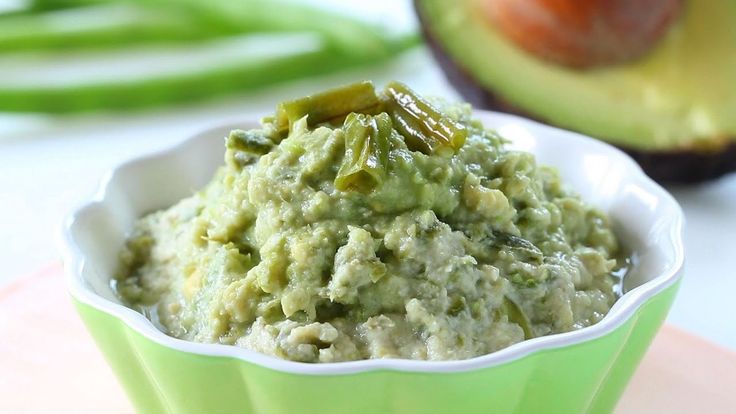 But how to cook them deliciously so that the child really wants to try a vitamin dish? To do this, follow these recommendations:
But how to cook them deliciously so that the child really wants to try a vitamin dish? To do this, follow these recommendations:
• No bitter taste. Some varieties of healthy greens do have a little bitterness, which is why children do not want to eat them. This applies to chard, kale, spinach. To cook vegetables without bitterness, it is better to stew them with garlic in butter under the lid. When stewed, any bitterness will go away. But it is better not to add lemon juice when preparing dishes from these vegetables, as they will begin to darken and become unattractive.
• Strong boiling. It is best to cook these vegetables quickly at maximum heat. This will help not to digest vegetables and keep them in the maximum amount of vitamins. A vigorous boil is green vegetables' best friend. nine0005
• Cooking time. You should not digest such vegetables so that they do not lose their attractive taste. All vegetables of this type must be cooked until half cooked, especially green beans, broccoli, Brussels sprouts. They should remain crispy but will soften a bit as they cook. The attractive green color should also be preserved.
They should remain crispy but will soften a bit as they cook. The attractive green color should also be preserved.
• Cooling. After cooking, you need to immediately cool the vegetables so that they retain their elasticity. To do this, send the vegetables after cooking in ice water. Thus, they will not heat up after cooking and retain their attractive green color. nine0005
• Coarse cut. With proper cutting, you can save more vitamins in vegetables, and the pieces will hold their shape better during the cooking process.
• Fresh supply. Some varieties of greens and leafy vegetables do not need to be cooked. This applies to any greens, sorrel, spinach, chard. You can add them fresh to snacks, use them in salads and add them to the first warm dishes after cooking. Otherwise, they may lose their attractive structure and aroma, especially parsley, cilantro, basil, dill. nine0005
These simple tips will help you cook green vegetables deliciously and correctly. In such options, even a picky child will definitely like them! Do you have green vegetables in your child's diet?
In such options, even a picky child will definitely like them! Do you have green vegetables in your child's diet?
New on the site
Features of child development at 5–7 years old
The age period from 5 to 7 years is called the age of psychological maturation. One of the most important stages, when your baby gradually moves into the stage of a more adult ...
Popular
First food. What do moms need to know? | BuyMama Vologda
When to start?
There is no single answer, there are only a few recommendations. Experts advise doing this from 5 to 8 months. You should not rush into this issue, because this can lead to adverse consequences, for example, an allergic reaction, constipation, colic, etc.
The type of feeding of the baby is of great importance. If he is on artificial feeding, then you can start complementary foods early - at 5-6 months, if he is breastfeeding, then definitely not earlier than 6 months, because until this moment the baby receives everything he needs from milk. nine0005
If he is on artificial feeding, then you can start complementary foods early - at 5-6 months, if he is breastfeeding, then definitely not earlier than 6 months, because until this moment the baby receives everything he needs from milk. nine0005
The second is the child's body weight. After birth, he must increase it at least twice.
Also, the child should not have a repulsive tongue reflex when you offer him a spoon. It is desirable that the child already knew how to sit and showed interest in "adult" food. You may notice that your baby is no longer full of your milk or formula.
Weaning principles
- The most important rule is that you should only give your baby a new food when he is healthy and well. nine0071
- The first complementary food should be one-component, i.e. consist of one product. It is better that these are vegetables, green or white.
- Each product should be introduced gradually. For example, you chose cauliflower.
 On the first day, you give 5 g - that's about half a teaspoon. You need to give the product in the morning, so that during the day you can check the reaction of the baby. If everything went well, then the next day you can already give 10 g - a whole teaspoon. If all is well, then double the next day and so gradually increase the dose to 120 g.
On the first day, you give 5 g - that's about half a teaspoon. You need to give the product in the morning, so that during the day you can check the reaction of the baby. If everything went well, then the next day you can already give 10 g - a whole teaspoon. If all is well, then double the next day and so gradually increase the dose to 120 g. - When you have entered one vegetable, you can enter the next one. For example, 5 g of squash puree + 115 g of cauliflower puree and gradually add a dose of squash puree if the baby's reaction is positive.
- Another important rule is that you offer your baby food exactly when he is hungry. You can feed him puree first, and if he is not full, then breastfeed or formula, but not vice versa.
First products
Experts advise choosing green or white vegetables for the first feeding: zucchini, cauliflower, broccoli.
Carrots and pumpkin can then be added.
After 7 months you can include porridge in your diet. Better if they are dairy-free and gluten-free. Suitable rice, buckwheat and corn. If the child refuses such porridge, then you can dilute it with your breast milk or infant formula.
Better if they are dairy-free and gluten-free. Suitable rice, buckwheat and corn. If the child refuses such porridge, then you can dilute it with your breast milk or infant formula.
After vegetables and cereals, you can introduce your child to fruits.
After 8 months you can slowly give meat: chicken, turkey, rabbit, beef. Also during this period, you can gradually give a taste of the yolk. nine0005
After 9 months, fermented milk products can be included: low-fat kefir and cottage cheese.
After 10 months fish can be added to the diet.
Place and utensils for the first feeding.
The baby must have its own place for feeding. It is best if it is a special chair. If your baby is a fidget, then it is better to immediately fasten it with straps.
Purchase a bib. There are special bibs with a lapel at the bottom, where the food that did not end up in the mouth will fall. nine0005
Cymbals must be unbreakable, lightweight.